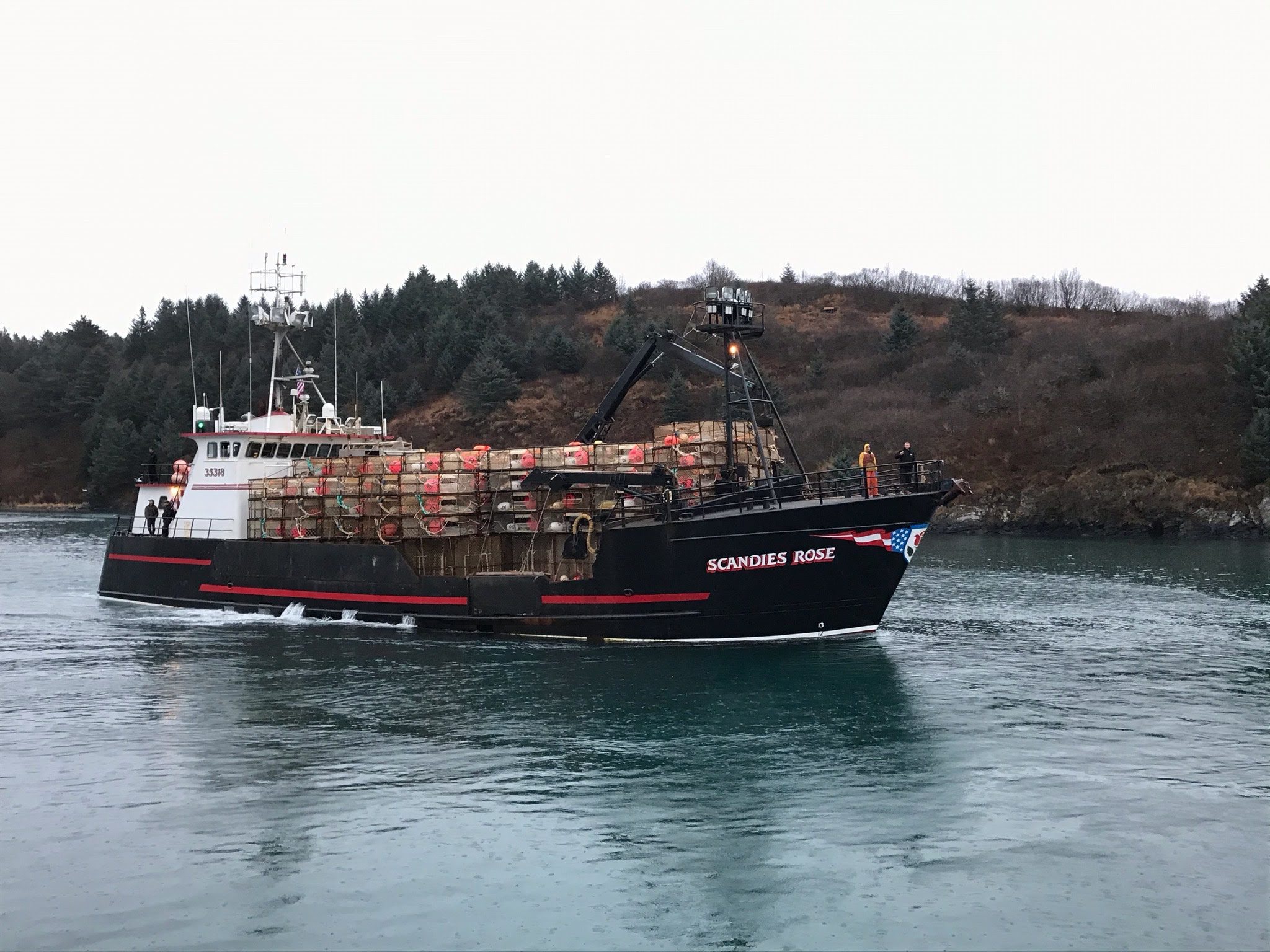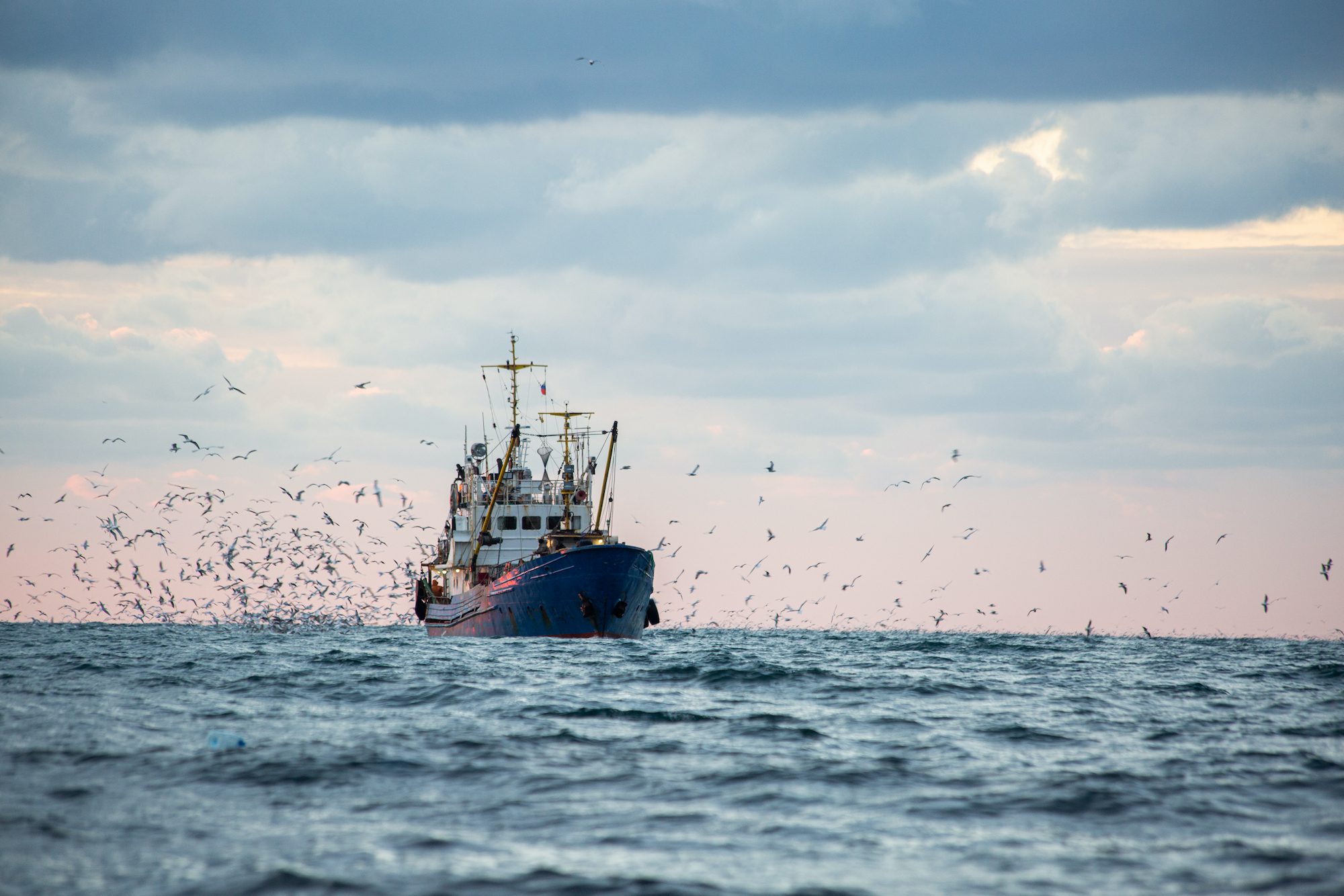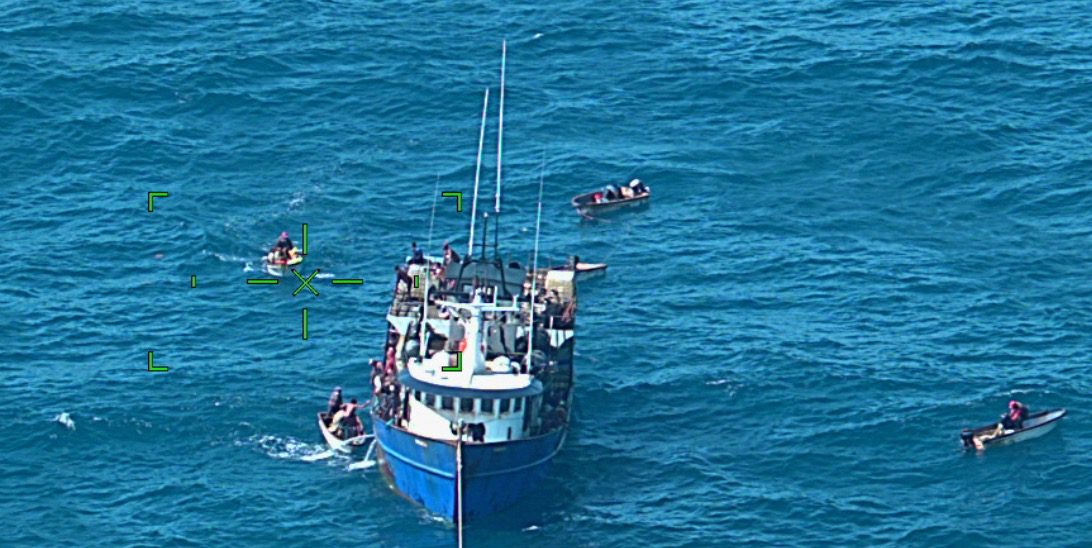The U.S. Coast Guard hasn’t fully implemented the majority of key statutory requirements designed to improve fishing vessel safety that have been enacted over the last decade, a new report by the independent Government Accountability Office (GAO) has found.
The GAO’s study was meant to examine Coast Guard efforts to improve commercial fishing vessel safety, implement related key statutory requirements enacted between 2011 and 2021, and incorporate key performance assessment steps for its commercial fishing vessel safety program.
According to the U.S. Bureau of Labor Statistics, commercial fishing has one of the highest industry death rates in the U.S. Another Coast Guard analysis showed an average of 43 vessel losses and 22 fatalities per year from 2011 through 2020. The Coast Guard Authorization Act of 2010 established new safety requirements, such as mandatory dockside exams, for certain vessels and training for vessel operators. Additional laws addressing commercial fishing vessel safety were enacted in 2012, 2016, 2018, and 2021 that either amended the safety requirements in the 2010 act or added new requirements.
The National Transportation Safety Board has also made improving fishing vessel safety a top priority nd an issue on the NTSB’s 2021-2022 Most Wanted List of Transportation Safety Improvements.
While here have been several commercial fishing vessel safety requirements enacted since 2011, the GAO found that the vast majority have yet to be full implemented by the U.S. Coast Guard, which is the principal federal agency for ensuring marine safety.
The GAO report concluded that the while the Coast Guard does make efforts to promote commercial fishing vessel safety, including through conducting dockside exams, engaging with industry, and collaborating with other federal agencies, it has yet to fully implement 17 of 22 statutory requirements enacted over the 10-year timeframe.
Among the 22 requirements, five related to various aspects of commercial fishing vessel safety (e.g., equipment, training, exams) have been fully implemented. The Coast Guard indicated it does not intend to implement one requirement related to the development of alternate safety standards for older fishing vessels due a perceived lack of authority, which the GAO found was false.
In June 2016, the Coast Guard issued a proposed rule intended to address nine of the other 16 outstanding requirements. However, as of August 2022, the rule had not been finalized and the Coast Guard had no detailed plan for implementing the requirements. It seems the Coast Guard doesn’t have a detailed plan to guide their efforts to fully implement the outstanding statutory requirements, either.
“Developing and implementing alternate safety standards for older vessels and developing a plan with time frames for implementing the other 16 requirements would help to address the Coast Guard’s statutory responsibilities and support efforts to prevent fishing vessel losses and related fatalities,” the GAO said.
Finally, while the Coast Guard has established strategic goals and performance goals for its commercial fishing vessel safety program, it has not fully incorporated other key performance management practices such as establishing performance goals that fully address all aspects of its strategic goals, setting realistic targets for its performance goals, and using performance data to assess progress towards program goals.
“Fully incorporating such practices could help the Coast Guard better assess program performance and address any performance issues,” the GAO said.
As a result, the GAO is making six recommendations to the Coast Guard, including to implement alternate safety standards for older vessels, develop a plan with time frames to implement the other outstanding statutory requirements, and fully incorporate key performance management practices.

 Join The Club
Join The Club











